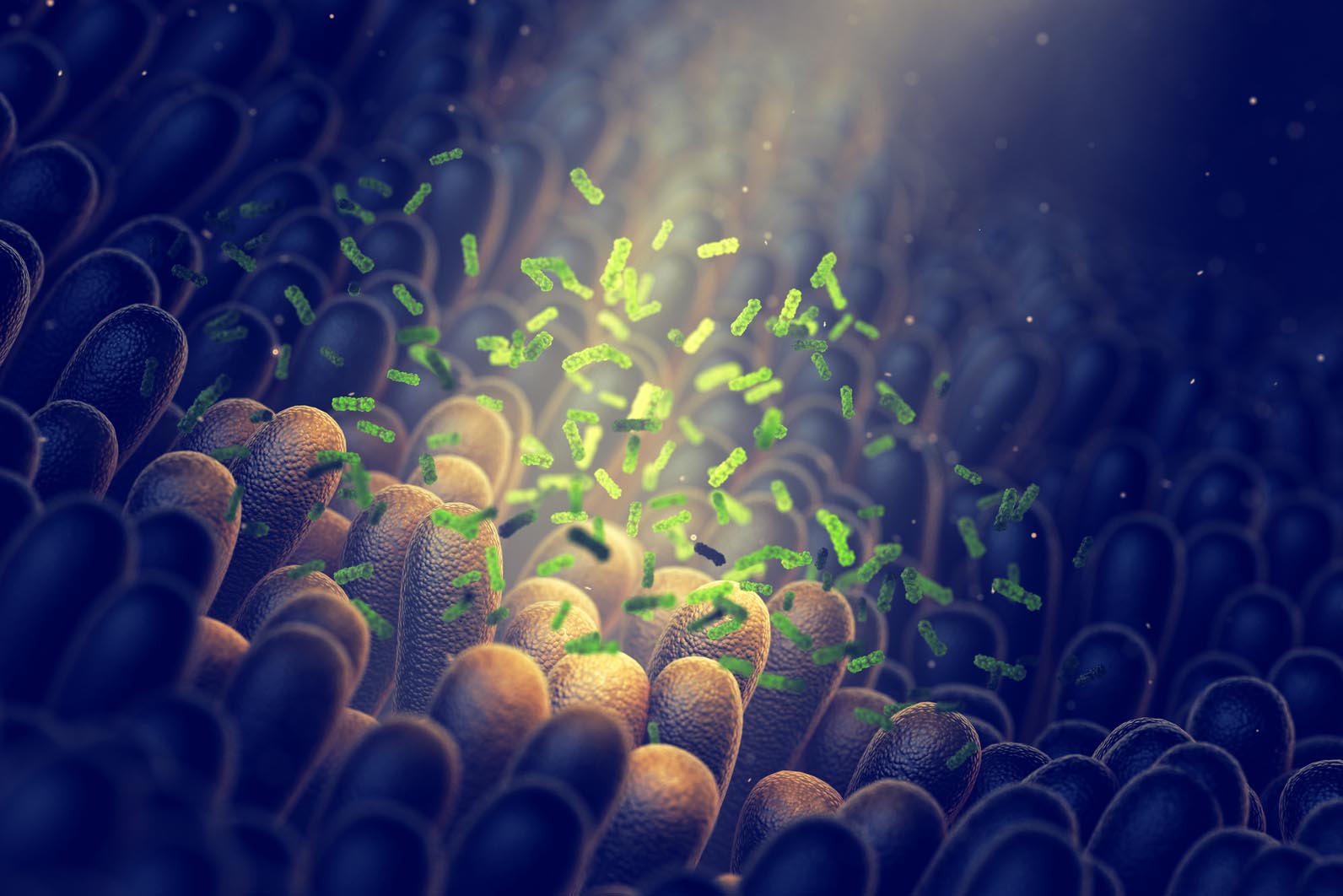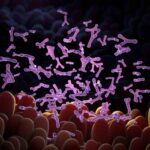• Is the gut microbiome variable enough to enable adaptation?
• In vivo vs in vitro studies
• Hints for future research
What is already known on this topic
Bacterial mutations are well described and investigated as an adaptive mechanism during infections. However little is known about the role of adaptive mutations in the gut microbiome of healthy people.What this research adds
This study investigated the evolution of Bacteroides fragilis, a human commensal bacteria and concluded that B. fragilis diversifies into coexisting sub-lineages and adapts via de novo mutations within healthy people. One mutation was further evaluated across the Western and Chinese populations and resulted nearly absent in the latter.Conclusions
Future work is needed to understand the importance of within-person evolution for the design of microbiological-based therapeutics. This study demonstrates the importance of mastering the dynamics of human microbiomes to discover genes and pathways critical to bacterial survival.
Human commensal bacteria have been colonizing mammals’ digestive tracts for hundreds of thousands of years, and can stably colonize a single person for decades. Billions of bacterial mutations are expected daily in the gut microbiome, but little is known about the adaptive ones. To date, adaptive mutations have only been identified during infections or in laboratory experiments, and previous investigations did not find any signs of within-person adaptive evolution.
Gut microbiomes, however, are heterogeneous and individualized. Therefore a single individual’s ecosystem pressure might provide the potential for adaptive mutations in bacteria.
This was the starting idea for the study by S. Zaho and colleagues at the Massachusetts Institute of Technology, published in Cell Host & Microbe.
Is the gut microbiome variable enough to enable adaptation?
Over a 2-years period, the researchers collected 30 samples from 12 healthy subjects to survey the evolution of B. fragilis within each individual. Around 600 isolated cultures were derived, each starting from an independent single cell in the original microbiome.
Each subject’s B. fragilis population was dominated by a lineage which is specific and unique to that person. Lineages diversify within each individual to form coexisting sub-lineages that acquire de novo mutations during the subject’s lifetime.
Among coexisting sub-lineages, the independent and parallel acquisition of mutations in the same genes, as well as an increase in the frequency of a few mutations, give evidence of the adaptive feature of the mutations. Researchers identified 16 genes undergoing adaptive evolution.
The fact that 9 out of 12 lineages present at least one mutation in one of the 16 genes proves that adaptation is a common feature of within-person evolution.
Among the 16 genes undergoing parallel adaptive evolution, six code for a large group of outer-membrane polysaccharide importers. Therefore the selective pressure driven mutations might be in response to host diet. On the other hand, five other genes are implicated in outer-membrane biosynthesis, suggesting that those bacteria could be under pressure to evade phage predation or to modify the interaction with the immune system.
One mutation had a high incidence across the 12 subjects in this study. It has been compared with its prevalence across human populations by exploiting 4 available deeply sequenced datasets: two from China, one from the USA and one from the UK. Unexpectedly, the mutated gene was highly prevalent in the Western samples but nearly absent in the Chinese ones, suggesting the presence of a selective pressure in the Western population compared to the Chinese one.
In vivo vs in vitro studies
The sub-lineages were investigated too and it was observed that some of them coexist in vivo. The researchers tested if they behaved similarly in vitro. Surprisingly, the observed within-person dynamic was in contrast with the results in vitro. One of the two sub-lineages, which were evolving together in vivo, showed a marked prevalence over the other in vitro. This experimental result reflects the challenge of reconstructing the within-person dynamic in vitro and highlights the power of time series to observe evolutionary dynamics.
Hints for future research
This study was limited to 12 subjects. Tracking a larger number of subjects as well as the same lineages in independent hosts (following fecal transplant) is needed to unravel the real nature and specificity of pressure driven adaptation. Moreover this study was limited to a single species and therefore further studies are needed to verify whether rapid adaptation is specific to B. fragilis or a common feature of gut commensals.
Further studies are also needed to investigate whether the selective forces driving adaptation are person specific. Within-person evolution in healthy people, in addition to ecological forces, may need to be considered as a driving force for community dynamics.











